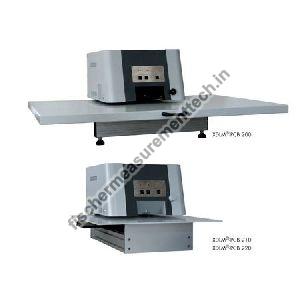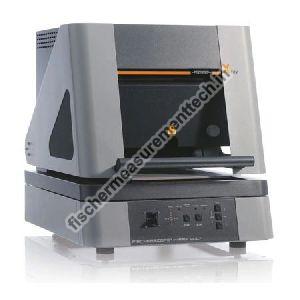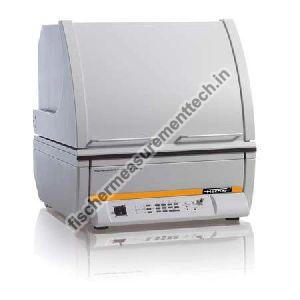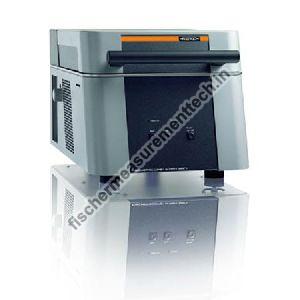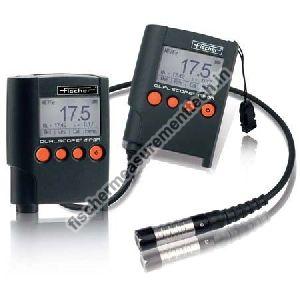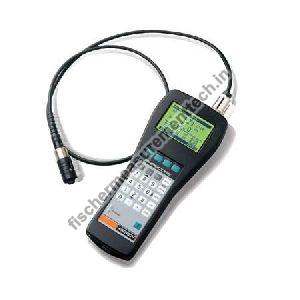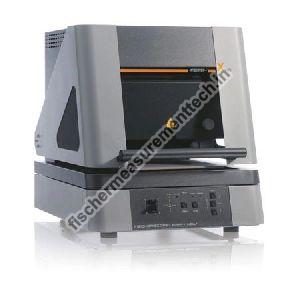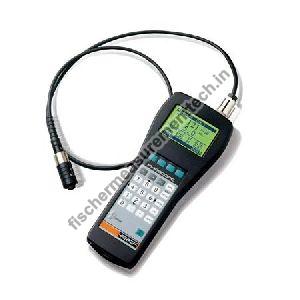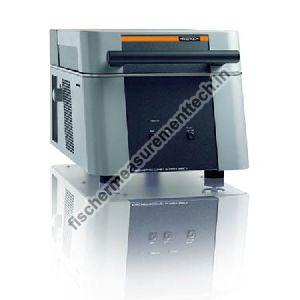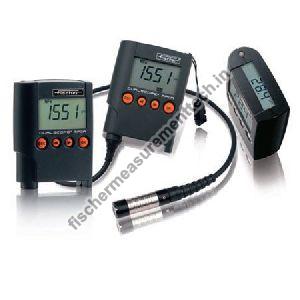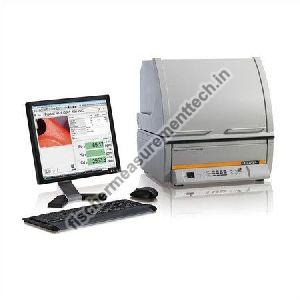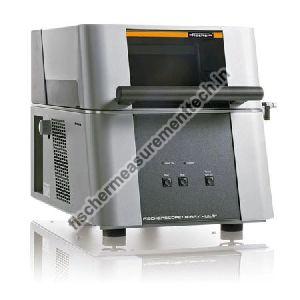| Business Type | Manufacturer, Exporter, Supplier, Retailer, Importer |
| Download | |
| Approach speed of the indenter | 0.1 to 1/4 m/s |
| Brand | Fischer |
| Click to view more | |
Product Details
Test Load Range
0.005 to 500 Mn
Load resolution
100 nN
Hardness Measurement Range
0,001 to 120.000 N/mm2 near diamond hardnes
Distance Resolution
40 pm
Our micro hardness testing instrument - picodentor HM500 Light is an instrumented indentation tester/instrument which is user friendly and designed with high precision. It is used to measure nanome chanical properties like indentation modulus, indentation hardness, elastic modulus and creep. It is checked for quality as per the ISO 14577-1 and ASTM E 2546 standards. Furthermore, this picodentor HM500 Light is designed superbly with reduced positioning requirements and fixed configuration.
Design
- The measuring head contains the intender which is generally a diamond pyramid with 136 ° plane angle.
- It is checked for quality under DIN EN ISO 14577-2 standards.
- Indenters with a diamond pyramid according to Berkovich or with hard metal spheres are available as well.
- The controlled touchdown of the measuring head leads to a very small machine compliance.
- The measurement of the indentation depth is carried out with a resolution in the picometer range.
- The micro hardness determination is computer controlled, free of any subjective influence, and thus independent of the operator.
Features
- Very simple operation
- Excellent price/performance ratio: The achieved resolution and accuracy for the load and distance measurement is in the same range as that of instruments with a much higher purchasing price
- Minimal sample preparation due to large working area and open layout
- Measurements on dark surfaces without sample preparation
- For simple specimen's geometries sufficient positioning accuracy of °m
- Due to its granite design, the device is extremely dimensionally stable, has a very low thermal expansion and is excellently isolated against vibrations.
- Additional vibration damping through closed measuring chamber and active anti-vibration table
- Easy operation through the customizable WIN-HCU Software
Typical areas of application are
- Hard material coatings, general
- Ultra thin DLC coatings
- Protective coatings on glass
- Soil-resistant coatings (sol-gel coatings)
- Coatings of PC hard disks and CDs
- Very thin paint coatings
- Ion implanted surfaces
- Nanocoatings for sensors
- Medical technology (e.g. Implants)
- Matrix effects in alloys
- Biological materials
- Ceramic material
- Plasma-applied coating systems
Looking for "HM 500 Light Micro Hardness Testing Machine" ?
Piece
Explore More Products



